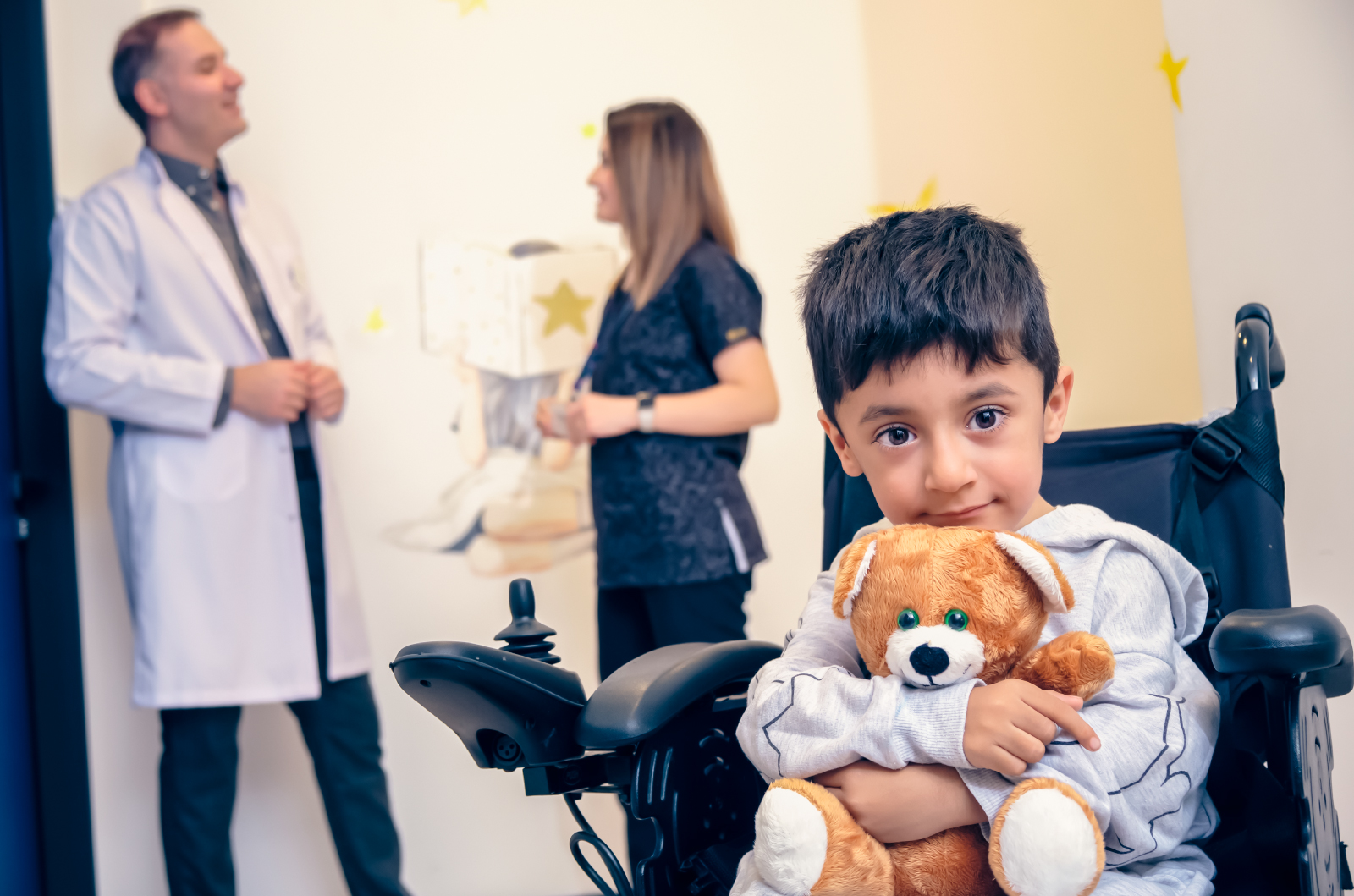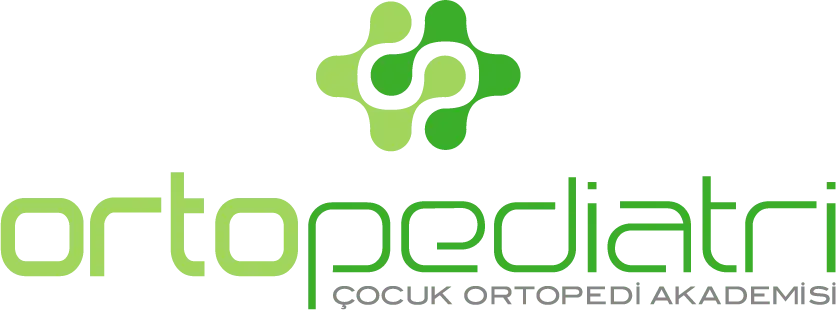Brittle bone disease, medically known as Osteogenesis Imperfecta, is a rare condition caused by a genetic disorder that directly affects the lives of individuals. Research shows that this disease affects one in every 15,000 to 20,000 live births. Individuals with the disease and their parents may face challenges in their daily lives that require increased attention and care.
Symptoms of Brittle Bone Disease may differ depending on genetic changes. However, early diagnosis and the right treatment can improve quality of life.

What is Brittle Bone Disease?
Brittle bone disease is a condition that causes bones to become extremely fragile. This disease is characterized by the body producing the protein collagen in a deficient or irregular way. Collagen plays an important role in the structure of bones, skin and connective tissues, so inadequate production of this protein leads to bones breaking more easily than usual. There are different types of brittle bone disease and each type can differ in terms of the severity of the disease and the symptoms of the individuals affected.
Types of Brittle Bone Disease
Brittle Bone Disease, or Osteogenesis Imperfecta (OI), is a genetic condition that affects bone strength and structure. It appears in several types, ranging from mild to severe, each with different symptoms and degrees of bone fragility. The classification is based on genetic background and the severity of collagen production defects.
- Type I (Mild): The most common and mildest form. Individuals typically have a normal life expectancy and physical activity level. Bones may fracture easily, but visible bone deformities are rare. Common signs include bluish sclera (whites of the eyes), joint laxity, and mild spinal curvature.
- Type II (Severe): The most severe and often fatal type, usually apparent at birth or shortly after. It is characterized by extremely fragile bones that can fracture in the womb or during delivery. Infants may have darker sclera, large bone structures, and severe respiratory issues.
- Type III (Severe Progressive): This type is severe but not as lethal as Type II. It causes short stature, triangular face, gray or white sclera, frequent fractures, scoliosis, and progressive bone deformities. Muscle mass may be reduced, and hearing loss can develop over time.
- Type IV (Moderate): This type presents with mild to moderate bone deformities and frequent fractures. Short stature is usually present but less severe than in Type III. Scoliosis, hearing loss, and spinal curvature are common complications.
- Type V (Atypical): Similar to Types III and IV in terms of symptoms, but with distinct bone features such as hypertrophic callus formation. Short stature is milder, but bone fractures are often more prominent. This type does not involve collagen mutations but has similar clinical features.
Each subtype of brittle bone disease requires a personalized management approach based on the individual’s specific condition. While milder forms may have minimal impact on quality of life, more severe cases demand comprehensive medical care and long-term support.
What are the Symptoms of Brittle Bone Disease?
Brittle bone disease is a genetic condition that can affect individuals of any age group, and symptoms can vary depending on the type and severity of the disease. The most common symptoms include:
- Brittle Bones: The most prominent feature of the disease is bones that can break easily, even with minimal impact. This can be seen even in mild forms of the disease and is characterized by frequent fractures in childhood.
- Short Stature: Individuals with brittle bone disease may have a shorter stature than normal. This is due to the bones not growing properly.
- Bluish Sclera: In certain types of the disease, the sclera, the white part of the eyes, may take on a bluish color. This is caused by the abnormal thinness of the sclera, causing light to reflect off the vessels inside the eye.
- Bone Curvature: Due to weak bone structure, limbs such as legs or arms can become curved.
- Hearing Loss: In some cases, especially with age, patients may experience hearing loss. This is associated with the bones in the middle ear being affected.
- Dental Problems: Individuals with brittle bone disease may have dental problems such as abnormally fragile teeth and easily damaged teeth.
- Spinal and Neurological Complications: In severe cases, instability or misalignment between the skull and cervical vertebrae can occur, potentially leading to neurological complications such as nerve compression and limited mobility.
Symptoms can vary from person to person, as each person’s experience can be different. If you or a loved one is experiencing any of the symptoms of brittle bone disease, it is important to consult a healthcare professional for a proper diagnosis and management plan.
How Can Parents Recognize?
Because Osteogenesis Imperfecta has a genetic basis, families can usually recognize the condition based on past family medical history. However, in some cases it can be caused by a new mutation. The occurrence of fractures or deformities with minor trauma that would not normally be expected to cause fractures should be a warning for the family.
How is Brittle Bone Disease Diagnosed?
- Diagnosis of brittle bone disease usually involves a comprehensive process with various tests and evaluations. In addition to confirming the presence of the disease, this process also helps to determine the type of disease and plan treatment.
- Diagnosis during pregnancy: In some cases, brittle bone disease can be diagnosed even in the early stages of pregnancy. Amniocentesis performed after the 14th week of pregnancy can detect the presence of the disease by examining the genetic material of the baby in the womb.
- Postnatal Observations: One of the most obvious signs of brittle bone disease is when the baby is born with broken bones. This allows the disease to be recognized quickly.
- Family Health History: A detailed examination of the health history of the patient and his/her family plays an important role in determining genetic predisposition.
- Genetic Tests: Genetic tests are performed to determine the genetic origin of the disease and specific mutations. These tests allow the type of disease to be understood and therefore a more effective treatment plan to be created.
- Biopsy and Laboratory Tests: A biopsy of bone tissue and blood and urine tests provide information about the body’s collagen production and other relevant factors.
- Imaging Techniques: X-rays, MRI and other imaging techniques are used to assess bone density, the presence of fractures and the general condition of the bones. These methods help to determine the severity of the disease and the areas it affects.
The diagnosis of brittle bone disease requires a multidisciplinary approach and is often conducted by pediatric orthopedists, genetic counselors and other specialists. The diagnostic process is customized to each patient’s unique condition and carefully planned to meet individual treatment needs.
Brittle Bone Disease Treatment
The treatment of brittle bone disease is individualized according to the individual’s age, severity and type of disease. The main goal of treatment is to alleviate symptoms, improve quality of life and minimize possible complications. The treatment process involves a combination of various treatment modalities, often with a multidisciplinary approach:
- Physical Therapy: Physical therapy for brittle bone disease is important to increase muscle strength and joint flexibility, reduce the risk of falls and improve overall mobility. Physical therapy programs can be lifelong, from childhood to adulthood.
- Medication: Medications used to increase bone density and reduce the frequency of fractures can help bones become more resilient. These include drugs that increase bone density, such as bisphosphonates.
- Surgical Intervention: Patients with severe bone deformities or frequent fractures may require surgical intervention. Surgical methods include bone correction surgeries, rod placement and other orthopedic procedures.
- Pain Management: Individuals with brittle bone disease may experience severe pain from time to time. Pain management is achieved with painkillers as well as physical therapy and other methods.
- Dental Health: Dental problems are common in people with brittle bone disease. Dentists develop specialized treatment plans to treat and prevent tooth decay.
- Diet and Lifestyle Changes: A healthy diet and adequate intake of vitamin D and calcium support bone health in individuals with brittle bone disease. Weight control and regulation of physical activity are also important.
- Psychological and Social Support: Psychological support and social services for individuals with brittle bone disease and their families play an important role in improving quality of life.
In addition to stem cell and bone marrow therapies, hormone-based treatment options are also currently being investigated as part of clinical trials. These experimental treatments aim to enhance bone strength and reduce fracture risk at a biological level, offering new hope for the future management of Osteogenesis Imperfecta.
In which cases and when is surgery performed?
In individuals with brittle bone disease, the need for surgical intervention depends on a number of factors. This decision may be taken to support the healing process of fractures, to correct bone deformities or to improve the patient’s overall mobility and quality of life. However, the timing and extent of surgical intervention is determined by taking into account specific circumstances, such as the patient’s health status, the severity of symptoms experienced and the type of Osteogenesis Imperfecta (OI).
- Fracture Treatment: Surgery may be the treatment of choice, especially for recurrent fractures or fractures that do not heal. Surgical methods can be used to ensure that fractures heal faster and more accurately and to help the bones regain a more solid structure.
- Correction of Bone Deformities: In patients with severe bone curvatures or deformities, surgical intervention may be required to correct deformities and increase functional abilities. Such operations can facilitate activities of daily living by improving the individual’s mobility.
- General Health Status and Type of OI: When deciding on surgical intervention, the patient’s general health status and the type of OI they have play an important role. In particular, more severe forms of OI may require surgical intervention more often.
Conclusion: What You Need to Know About Brittle Bone Disease
Osteogenesis Imperfecta (OI) is a complex and ongoing condition that requires lifelong management by individuals and families. This disease can only be effectively managed through a multidisciplinary treatment approach. Families should work closely with healthcare professionals to understand their child’s specific needs, provide them with the most appropriate support and maximize their quality of life.
Early diagnosis and a proactive treatment plan can reduce the challenges that individuals with OI may face and give them the chance to lead healthier, more active lives. This process should include both physical and psychological support, ensuring that individuals and families feel strong and supported on this continuous journey.
In conclusion, living with Osteogenesis Imperfecta requires a comprehensive approach to care that is sensitive to individual needs. When patients and their families have a supportive healthcare team on this journey, they are better able to overcome the challenges of living with OI and maximize their quality of life.
Frequently Asked Questions about Brittle Bone Disease
How is brittle bone disease diagnosed?
Brittle bone disease is usually recognized by repeated and easily occurring fractures. In addition, bluish whites of the eyes, low stature, curvature of the bones and other distinctive physical features can also help diagnose the disease. Genetic testing, bone density measurements and other medical evaluations are used for a definitive diagnosis.
Is there a cure for brittle bone disease?
There is no definitive cure for brittle bone disease, but several treatment options are available to manage symptoms and improve quality of life. These include physical therapy, medication, surgical interventions and regular medical follow-up. The goal of treatment is to minimize fractures, increase bone density and improve overall mobility.
What causes brittle bone disease?
Brittle bone disease is usually caused by genetic mutations and is often inherited. These mutations affect the body’s production of collagen, causing bones to become more fragile than normal. Collagen is a protein that provides strength and flexibility to bone and connective tissues.
Can brittle bone patients walk?
Most people with brittle bone disease are able to walk, but the severity of the disease and the individual’s general health can affect this ability. Some individuals may need assistive devices to prevent fractures and support mobility.
Who has brittle bone disease?
Brittle bone disease can occur in people of any gender, ethnicity or age group. Because the disease is usually genetic, a child of a parent with OI is more likely to have it. However, some cases of OI can also occur as a result of new mutations and in these cases there may be no family history of the disease.

